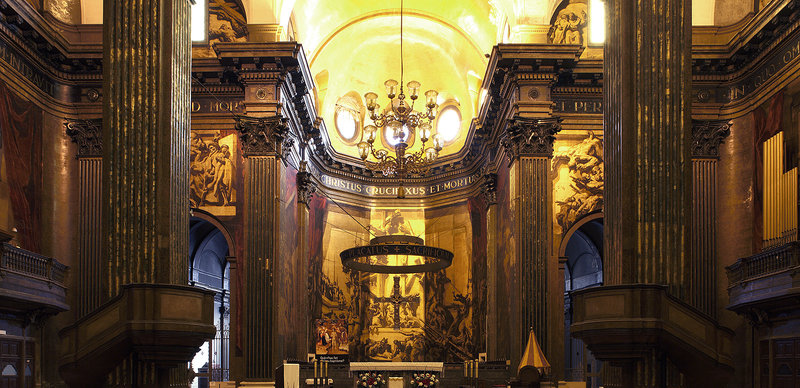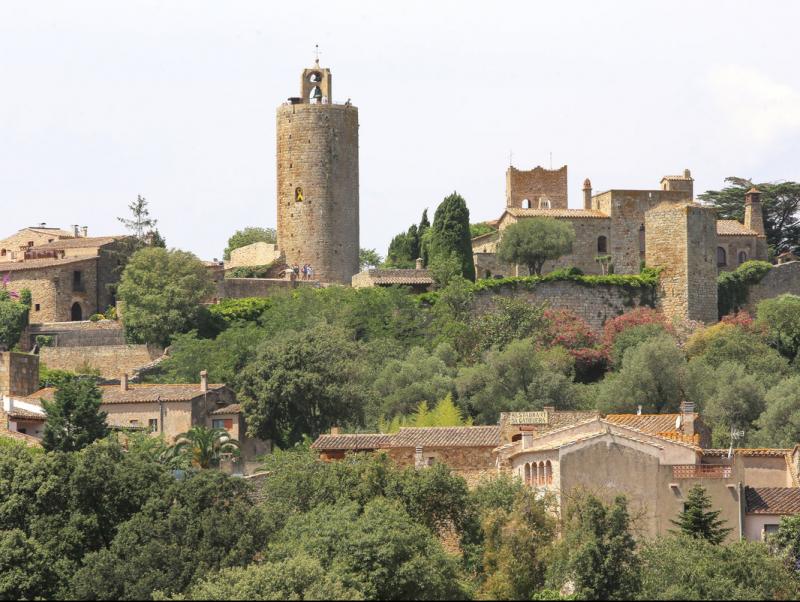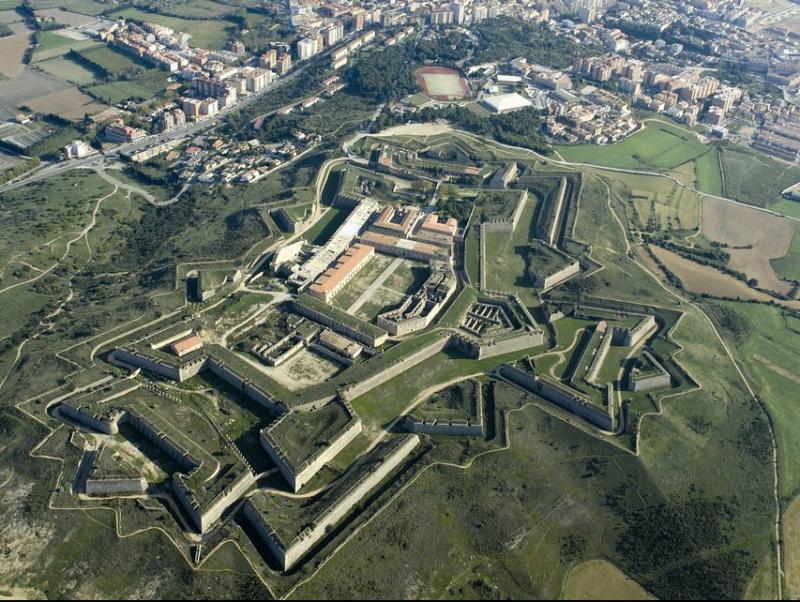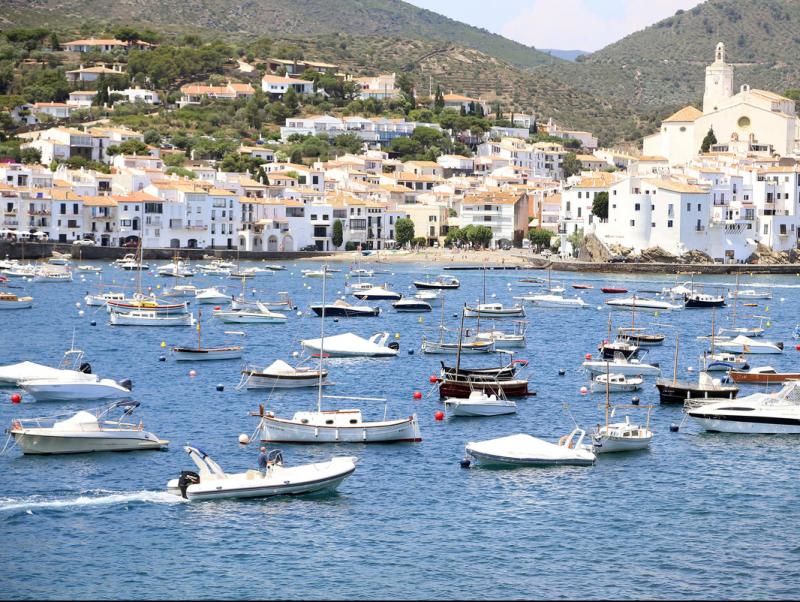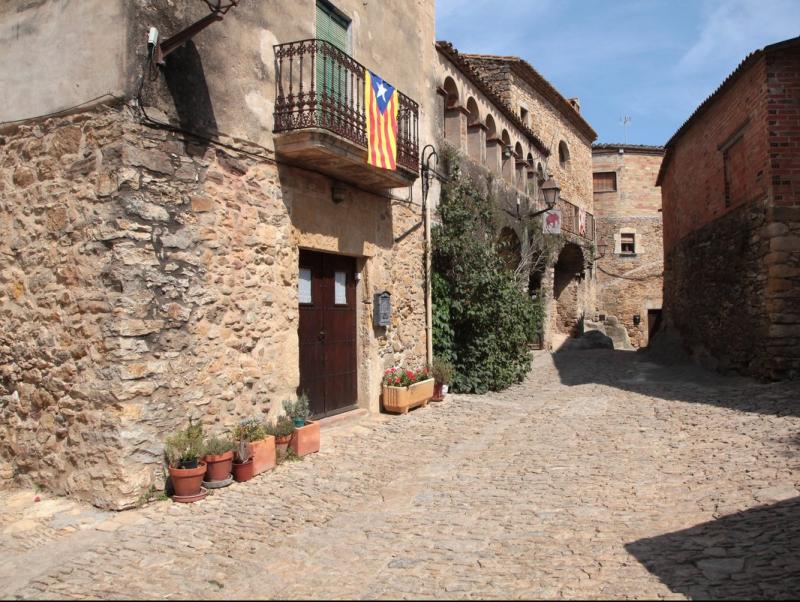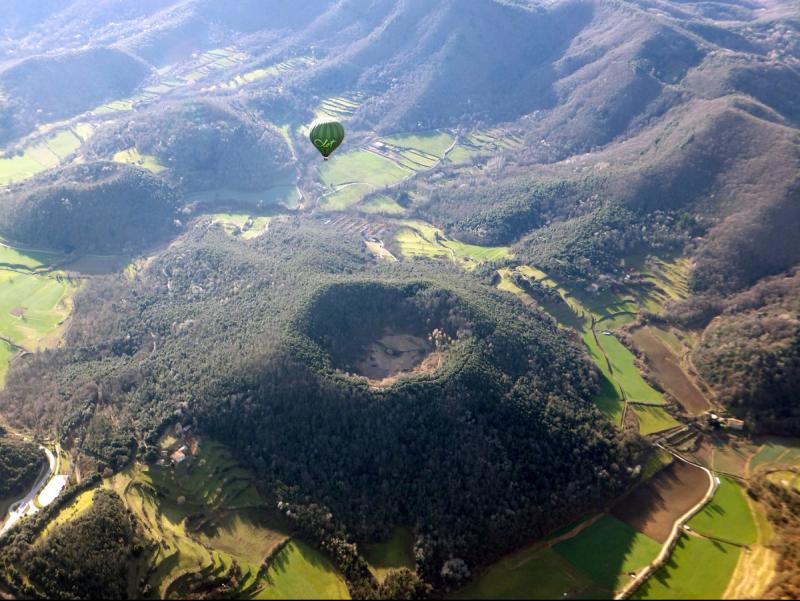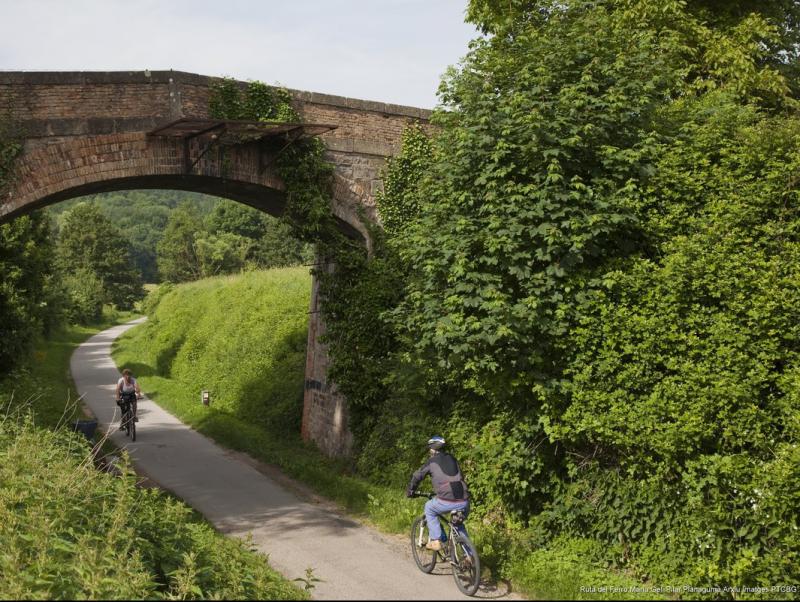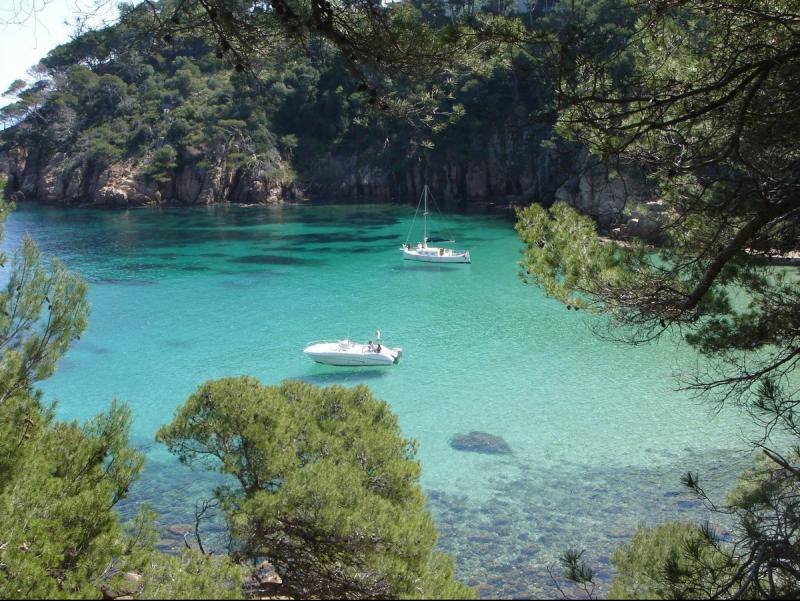J.M. Sert and the City of Saints
Vic has become an essential place to visit to get to know the work of Josep M Sert, one of the most outstanding mural painters of the 20th century. Vic pays homage to him with this itinerary that allows you to visit the extensive work he did in the city. In fact, the Ruta Sert has become one of the most important cultural tourist attractions in the city, along with a visit to its historic centre and its Episcopal and Leather Art museums, as well as the museums dedicated to Sant Antoni M Claret and the Vic philosopher Jaume Balmes, in the room in which he died.
The Sert itinerary allows you to delve into the work of the painter whose name it bears and who was buried in the Cathedral of Vic, a city with which his name is forever linked. Various places are included that show works or reproductions that reveal the artist’s pictorial trajectory.
The first location on the itinerary is a visit to the cathedral itself, to see a work commissioned by his friend and patron, Josep Torras i Bages, and to which he would dedicate much of his life. After two frustrated projects, one that was never completed and another that was destroyed during the Civil War, the painter undertook what would be his final decorative work. Influenced by the Baroque paintings of El Greco, Goya, Rubens and Tintoretto, Sert completed these murals in 1945, and they become the largest single collection of his work, due to their number and dimensions. This is a group of 22 pieces considered very complex on a thematic level and the culmination of Sert’s career.
The Capella de la Pietat (Chapel of Mercy) houses paintings belonging to his first and second decorative projects for the cathedral, as well as a model of the building made by Sert, which shows it as it was before the Civil War. The figures of the four evangelists from the second decoration survived a fire in the cathedral during the war; they were thankfully rescued from the flames.
Meanwhile, the paintings Sert did for the Hotel Waldorf Astoria, which were done in 1930, can now be seen in 15 reproductions on display in the El Sucre building.
The itinerary is completed with a visit to the town hall to see the painting Heliodor expulsat del temple (The Expulsion of Heliodorus from the Temple) (1920-1921) and fragments of Homenatge a Orient i Occident (Tribute to East and West), which were part of the cathedral decoration he did before the war. Also on display are Les quatre estacions (The Four Seasons, 1917-1929), which the artist created to decorate the house of an aristocrat.
More information is available from the Vic tourist office, which also organises the tour in groups.
Medieval and liturgical art
The Episcopal Museum of Vic, inaugurated in 1891, has a magnificent collection of medieval art, including masterpieces of Catalan Romanesque and Gothic painting and sculpture. The collections of goldsmithing, weaving, forging, glass and ceramics offer a complete tour of the history of liturgical and decorative art in Catalonia. This collection, which is made up of more than 29,000 pieces, is on display in a building next to Vic Cathedral that is fitted out with innovative museum facilities.

